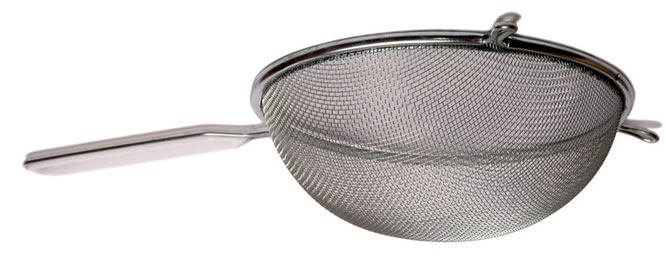Create a photo to go with the Satirical Article someone else created for TDC 647?
I rather liked this news story from TDC647 because it celebrated the power of the Oreo.
A new study on addictive drugs has found that Oreos, which are considered three cookies in one, are as addictive as cocaine. Dr. Bill Daniels from Amazon University reported on Wednesday that lab rats chose Oreos as rewards for running a maze as often as they did cocaine. An unexpected outcome of the study was a slight weight gain by all the researchers involved.
(TDC647)
Lead researchers Dr Bill Daniels and Dr Betty Bracegirdle subsequently won the Nobel Prize for Medicine in recognition of their work. Researchers found that Oreo, in comparison to a range of other cookie brands, exhibited powerful stimuli that mimicked the psychological effects of cocaine. The modes of action were demonstrated to involve the stimulation of the pleasure centres in the brain.
Other scientific news this week.
Flatufonia. Is it genuine or just a load of hot air?
A paper by Christiansen (2008) for the first time has alluded to the musical and medical phenomenon known as “flatufonia”. The mechanisms of action are now thought to involve ingestion of vast quantities of pickled eggs and craft beer, resulting in gaseous emissions of unparalleled volume from the buttocks. Coupled with a rare mutation of the sphincter gene BUT-1, those bestowed with the gift of “flatufonia” can blow out candles at a distance of ten yards.
If you are Danish you can read more online. (Christiansen 2008).
No more bum blues.
In a paper by Saps et al 2013, the researcher and his team have demonstrated that 3D poo models produced an effective means of assisting gastric diagnoses in children. The current diagnostic scale – known as the Bristol scale – is not so child friendly, and the new poo models will provide a much better means of stool assessment.
It is understood that pet food manufacturers are also interested in the new model. DS106 participant and x-Waltham scientist V Rolfe (oh, that’s me), thought that the models might help with poo scaling in the development of new dog food. In one of her previous publications (Rolfe VE et al 2002) she discussed the limitations of a scale based on photographs alone. Using small plastic beads she was able for the first time ever to show a relationship between poo consistency and whole gut transit time. You can try this at home using sweet corn.
Laboratory research equipment used in the trial.
Photographic poo scoring system.
NASA 2013 Young Investigator of the Year!
Exciting news just in from NASA reveals that their Young Investigator for 2013 was none other than Mssss Talky Tina. Mssss Tina received Government Funding to investigate how long a shrimp can run on a treadmill. In previous notable work she has found the answers to a number of fundamental questions:
- It’s a long way to Tipperary, but how long? The answer was 7,547 miles.
- How deep is your love? 3.7 cm.
- When will I see you again? When the pubs shut.
- DS106 #4LIFE. Or is it? Yes.
Unusually, Mssss Talky Tina was unusually untalkative and was unable to provide a quote. Which was very unusual.
Mssss Tina in her laboratory.



